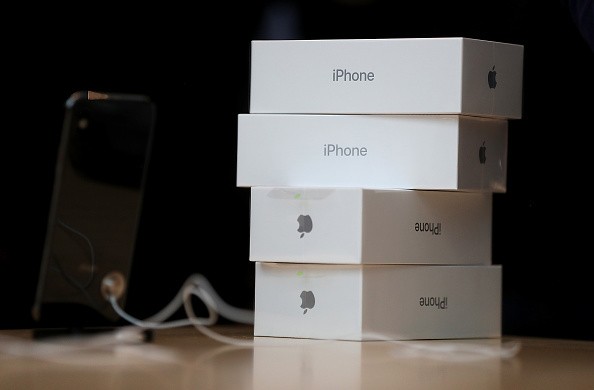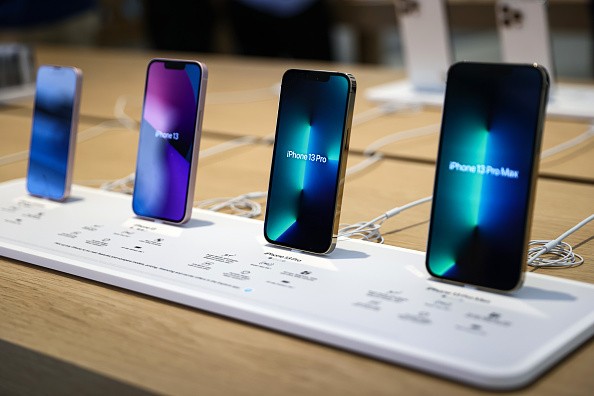One of the persistent iPhone rumors is that Apple is working on a way to conceal the Touch ID or Face ID sensor behind the display. And according to new speculation, as reported by 9to5Mac, it will only be available on the more expensive Pro variants of the iPhone 16, if it ever makes an appearance at all.
This is supposedly the next area to be explored after the Dynamic Island feature. It reportedly consists of a solid wall with a single hole punched out for a front-facing camera.

Potential iPhone 16 Upgrade
The future upgrade of the iPhone's biometrics would not need a notch or a pill-shaped slot since they would be embedded under the screen.
Apple holds patents for both under-display Touch ID and under-display Face ID so the company may go either way.
The primary emphasis of the 2021 patent application was on integrated Touch ID, although Face ID was also mentioned.
Patently Apple noticed that the same The Elec article that said Dynamic Island would be arriving to all four iPhone 15 models also made a passing reference to the iPhone 16.
"Apple is expected to make a big change to the lower lineup OLED in the iPhone 15 series this year, and to apply the 'Under Panel Face ID' function that hides Face ID under the screen from the Pro lineup next year in the iPhone 16 series."
If this were to happen, users would be left with only one camera-access hole.

Apple's Biometrics Features
Apple's fingerprint sensor is not the first or only one relevant, but it is by far the most advanced as it works seamlessly with the Home button.
However, as technology progressed, the necessity for a sizable area under the chin to access the Home button became a drawback. Instead, Apple used Face ID in the iPhone X, bringing in a radically new form that gets us far closer to the iPhone's eventual goal of being "a single slab of glass."
And yet, Face ID does not come without its share of issues.
Initially, Apple built the required technology within the iconic "notch." Others did not like the odd cutout, even though it became almost an Apple design trademark.
The notch has been consigned to the cheaper variants of the iPhone 14 series, while the more expensive Pro models have received a new design including "hole-punch and pill" cuts. Apple masked the several openings with an ingenious piece of user interface (UI) design called the Dynamic Island, making it seem as if there was just one. Nevertheless, not everyone is convinced.

![Apple Watch Series 10 [GPS 42mm]](https://d.techtimes.com/en/full/453899/apple-watch-series-10-gps-42mm.jpg?w=184&h=103&f=9fb3c2ea2db928c663d1d2eadbcb3e52)



